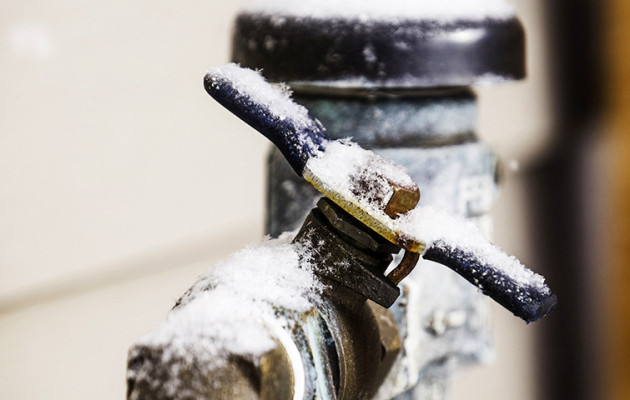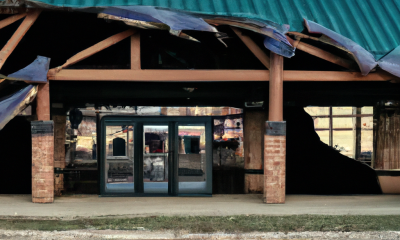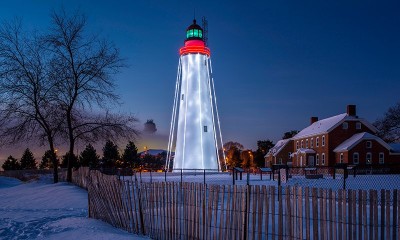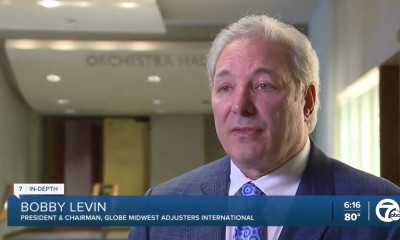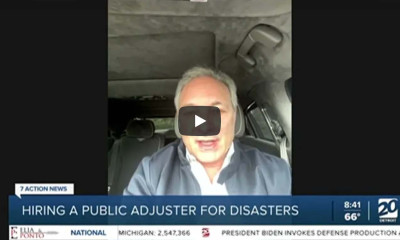Preventing and Thawing Frozen Pipes
Water's unique characteristic of expanding when frozen can exert immense pressure on any container, including metal and plastic pipes. This pressure can cause even the strongest pipes to burst.
Commonly affected pipes include:
- Those exposed to intense cold, such as outdoor hose bibs, swimming pool and water sprinkler lines.
- Pipes in unheated interior areas like basements, crawl spaces, attics, garages, and kitchen cabinets.
- Pipes along exterior walls with minimal or no insulation.
Protecting Pipes from Freezing
To prevent pipe freezing as cold weather approaches, consider these steps:
- Keep garage doors closed if they house water supply lines.
- Open cabinet doors in kitchens and bathrooms to allow warm air to circulate plumbing, ensuring harmful substances are out of children's reach.
- Let cold water drip from faucets connected to exposed pipes during extreme cold, as even a trickle of running water can prevent freezing.
- Maintain consistent thermostat settings day and night to avoid frozen pipes, which might lead to higher heating costs but can prevent costly repairs.
- If leaving home during cold weather, set the thermostat to no lower than 55° F.
- For swimming pool and water sprinkler lines, follow the manufacturer's or installer's directions to drain water. Avoid using antifreeze in these lines unless instructed, as it's harmful to the environment, humans, pets, wildlife, and plants.
- Outdoor hoses should be removed, drained, and stored. Shut off indoor valves leading to outdoor hose bibs, open the outdoor bibs for drainage, and keep them open to allow any remaining water room to expand without breaking the pipe.
- Add insulation to attics, basements, and crawl spaces to keep temperatures higher.
- Inspect for water supply lines in unheated areas, like garages and under cabinets. Insulate both hot and cold water pipes in these places.
- Consider using insulation products such as pipe sleeves, UL-listed heat tape, or heat cables on exposed pipes. Even ¼” of newspaper can significantly protect pipes in areas without frequent or prolonged freezing temperatures.
- Think about relocating exposed pipes for better protection against freezing.
Thawing Frozen Pipes
- If only a trickle comes out when you turn on a faucet, you might have a frozen pipe, often located against exterior walls or where the water service enters the home.
- Keep the faucet open while treating the frozen pipe. As the ice starts to melt, water flow will resume, aiding in melting the ice.
- Use safe heat sources like electric heating pads, hair dryers, space heaters (away from flammable materials), or towels soaked in hot water to thaw the pipe. Avoid open flame devices like blowtorches.
- Continue applying heat until full water pressure is restored. If you can't find or access the frozen area, or can't thaw the pipe, contact a licensed plumber.
- Check all other faucets to identify any additional frozen pipes, as one frozen pipe may indicate others.
______________________
Stuart Dorf, JD, CPAU | Executive Vice President
Stuart Dorf, JD, CPAU, Executive Vice President at Globe Midwest™ Adjusters International, is a licensed public adjuster, appraiser, umpire, and attorney who specializes in securing fair insurance claim settlements for property and business owners. With over 20 years of experience in commercial real estate, law, and marketing, he holds licenses in multiple states, actively participates in legal associations, and has a strong entrepreneurial background. He earned his law degree from the Illinois Institute of Technology’s Chicago-Kent College of Law and graduated with honors from Tulane University.
sdorf@globemwai.com | 248.915.0399

